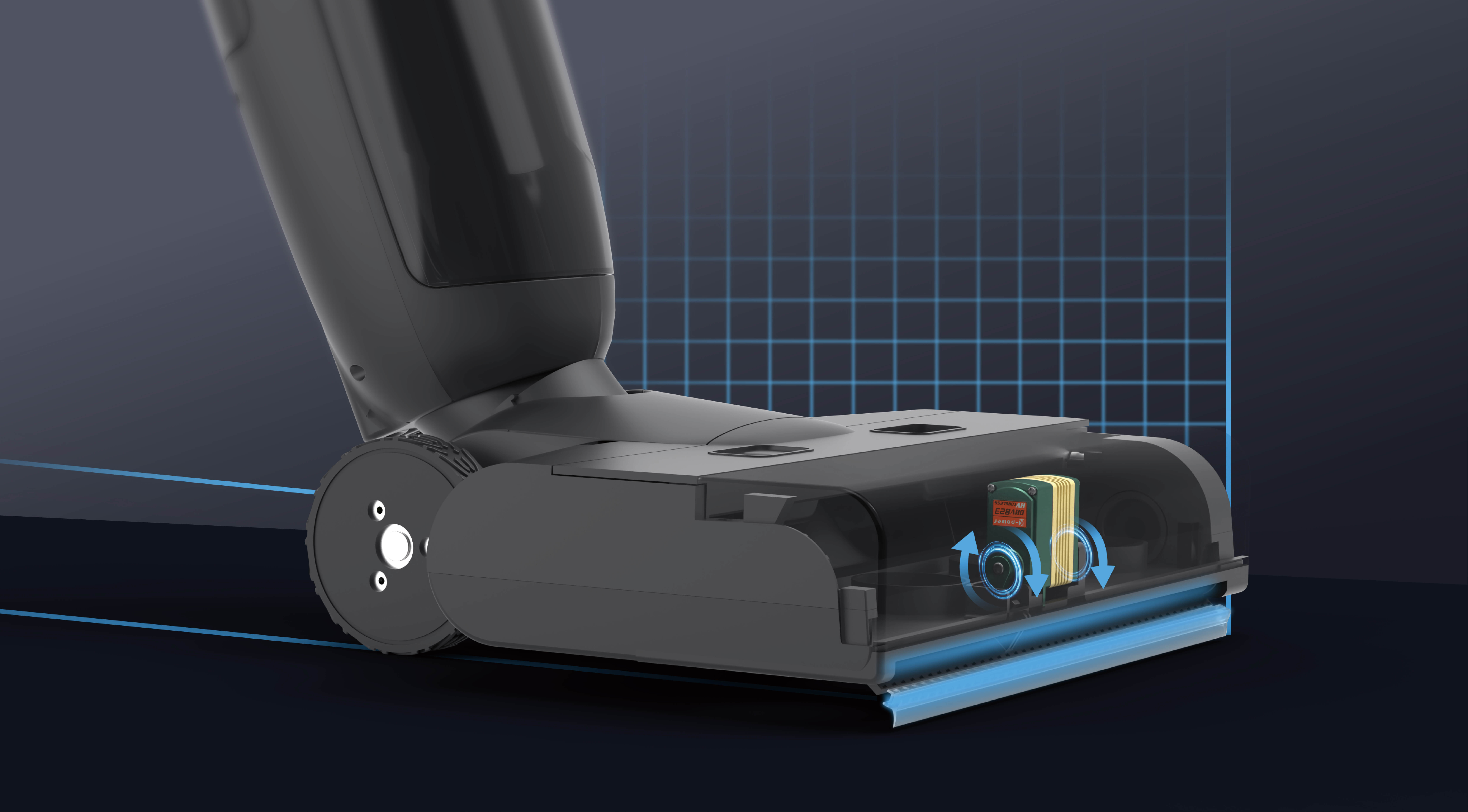Sure! Here’s a lively, informal-style SEO article about “Saga Design Pattern in Microservices with Java”—keeping it engaging, spontaneous, and packed with useful insights.

Ever wondered how some giant platforms handle hundreds of thousands of transactions smoothly, without crashing or losing data? Yeah, that’s where the Saga pattern steps in—kind of like the unsung hero behind the scenes. Especially in microservices architecture, where everything happens across multiple tiny services talking to each other, you need a way to keep things in order when things go wrong. Enter the Saga design pattern—a clever way to manage complex business transactions without losing your mind.
Think of it as a meticulously choreographed dance—each microservice has its step, and if a misstep occurs, the Saga kicks in like a backup dancer to undo or compensate actions. When you’re working with Java for microservices, Saga isn’t some abstract theory; it’s a practical, scalable way to ensure data consistency across distributed systems. You know those moments when one part of your system updates, but another part doesn’t get the memo? That’s when Saga shines, keeping everything synchronized like a conductor with an orchestra.
So why is Saga a game-changer? Imagine a purchase process—buying a ticket, reserving a seat, deducting money from your account. Each step is a separate microservice. If the last part fails—the payment—what happens? Rollback? How do you make sure your concert ticket system stays reliable? That’s where Saga’s compensating transactions come into play. Instead of a single fail-stop, Saga provides a set of mini keeping-everything-in-sync steps. It’s like a safety net, preventing things from spiraling out of control.
Now, let's get real for a second. Java, being a favorite for microservices, has matured in supporting Saga patterns. Frameworks like Spring Boot, along with some clever libraries, make implementing Saga manageable without a PhD in distributed systems. You can set up orchestrated Sagas—where a central coordinator directs the flow—or choreographed ones, where each service knows what to do without a central boss. That flexibility often depends on your project’s needs and scalability goals.
But, here’s a question that often pops up: "Is Saga always the right choice?" Nah, not always. Sometimes your system is simple enough to get away with traditional transactions. But in the wild world of microservices, where each little service runs independently, Saga offers a way to avoid blocking the entire system and still keep data safe.
You might wonder about the pros and cons—fair enough. On the upside, Saga provides eventual consistency, can handle failures gracefully, and allows for scalability. On the flip side, implementing Saga means extra complexity. You’re introducing more moving parts—think of it as adding gears to a machine. But with the right tools and mindset, it’s a worthwhile trade-off.
In the end, mastering the Saga pattern in Java microservices isn’t just a technical skill; it’s a strategic advantage. It allows systems to be more resilient, more flexible, and ready to handle today’s rapid-fire business demands. Whether you’re building a fintech app, an e-commerce platform, or a logistics network, Saga offers a reliable way to keep everything running smoothly—no matter what.
That feeling when your system stays sane even when chaos hits? That’s the power of Saga in microservices. Once you get the hang of it, it’s almost addictive—making your architecture smarter and stronger with every transaction.
Would love to hear what you think about these patterns in your own projects—how you’ve tackled transaction management or what hurdles you’ve faced. Sometimes, a good story or a challenge shared makes all this tech talk more real.
Established in 2005, Kpower has been dedicated to a professional compact motion unit manufacturer, headquartered in Dongguan, Guangdong Province, China. Leveraging innovations in modular drive technology, Kpower integrates high-performance motors, precision reducers, and multi-protocol control systems to provide efficient and customized smart drive system solutions. Kpower has delivered professional drive system solutions to over 500 enterprise clients globally with products covering various fields such as Smart Home Systems, Automatic Electronics, Robotics, Precision Agriculture, Drones, and Industrial Automation.




































